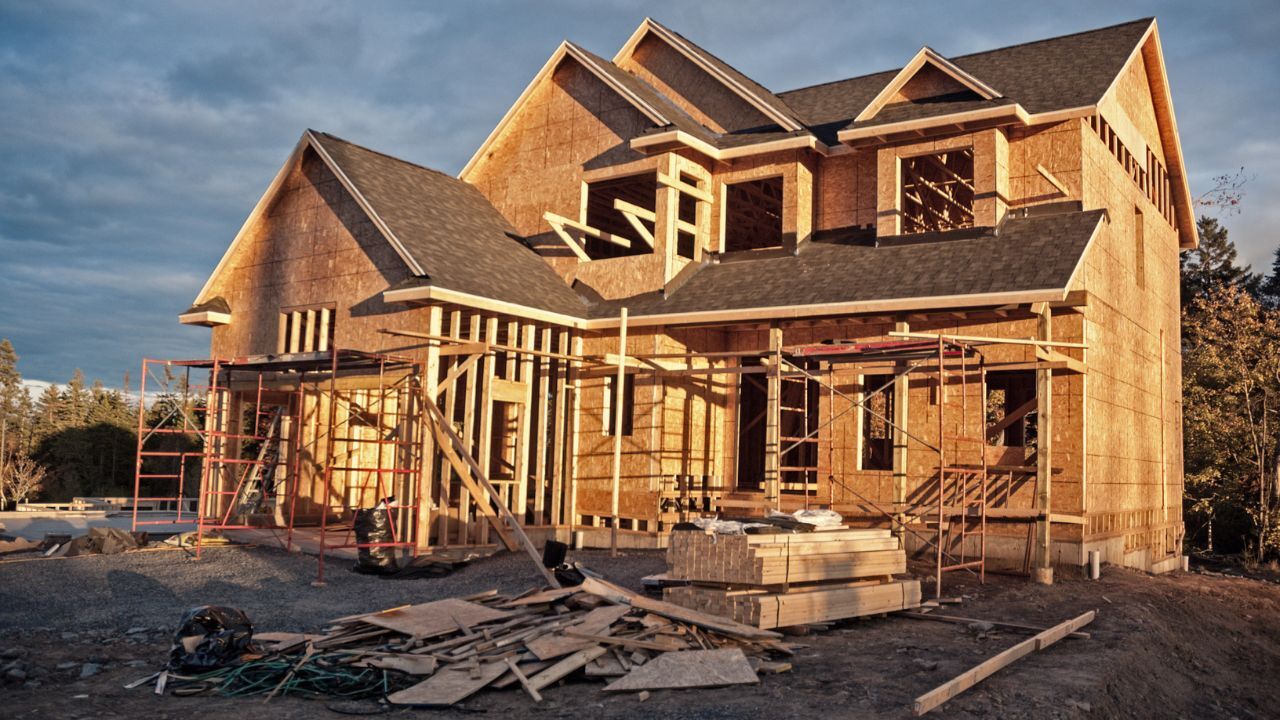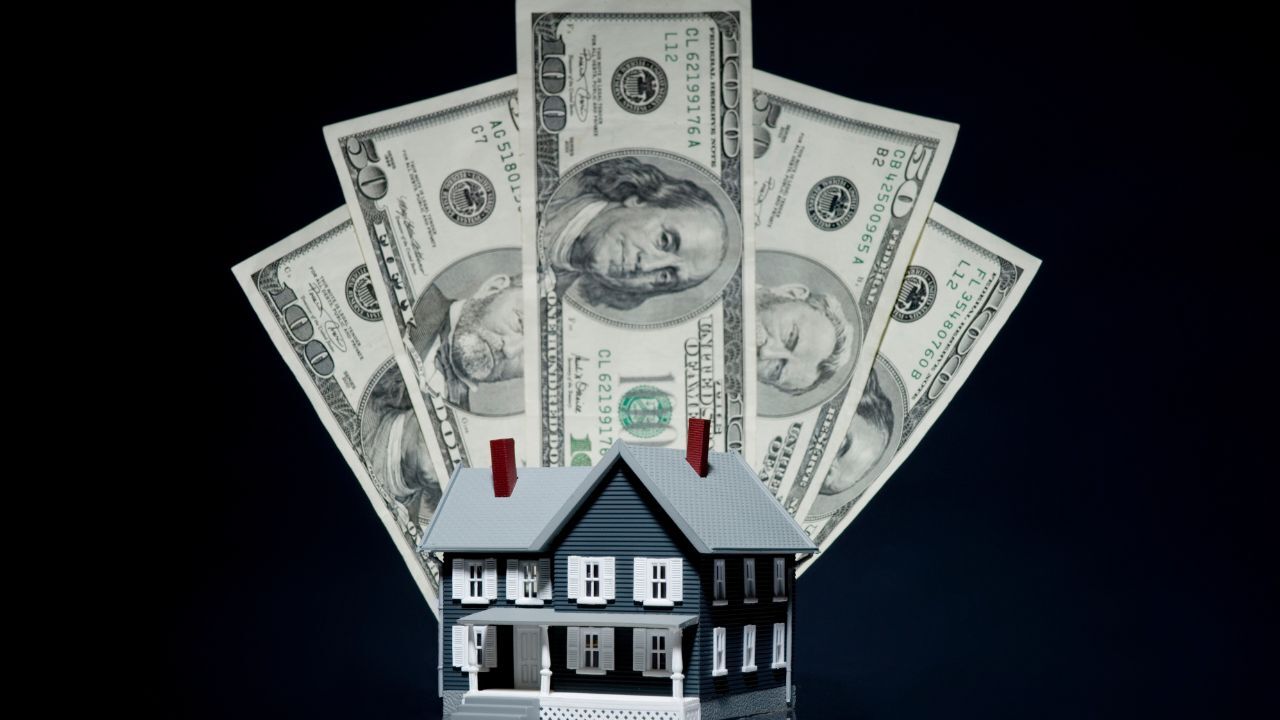
The government has been facing a shutdown for the past 19 days with continued obstinacy from both parties, largely over healthcare subsidies.
As a result, there will be few major reports this week, the most notable being the Federal Reserve’s Beige Book, which indicates that the U.S. economy is once again showing signs of slowing.
Federal Reserve Chairman Jerome Powell also provided comments on the current inflation outlook, noting that multiple private and public data sources show inflation remains largely within projections. He added that the Fed will maintain its current monetary policy stance despite the ongoing government shutdow. There is still another planned rate cut potentially this year.
Federal Reserve Beige Book
Reports from across the U.S. indicate sluggish economic conditions in much of the country, with only three of the Federal Reserve’s 12 district banks reporting expanding activity in their regions, according to the Federal Reverse’s latest “beige book” report. The remaining nine districts reported either flat or contracting economic activity.
Primary Mortgage Market Survey Index
• 15-Yr FRM rates saw a decrease of -0.01% for this week, with the current rate at 5.52%
• 30-Yr FRM rates saw a decrease of -0.03% for this week, with the current rate at 6.27%
MND Rate Index
• 30-Yr FHA rates saw a decrease of -0.04% for this week. Current rates at 5.99%
• 30-Yr VA rates saw a decrease of -0.03% for this week. Current rates at 6.01%
Jobless Claims
Initial Claims were reported to be delayed until further notice.
What’s Ahead
There are some expectations that the shutdown could end next week, and the CPI and PPI reports (key inflation reports) may potentially be on the horizon.
 When buying a home, location is often cited as the most important factor. One element of location that has gained attention is walkability. Walkability scores measure how easy it is to access amenities like grocery stores, restaurants, schools, and parks by walking. Understanding walkability can help buyers evaluate lifestyle benefits and potential resale value.
When buying a home, location is often cited as the most important factor. One element of location that has gained attention is walkability. Walkability scores measure how easy it is to access amenities like grocery stores, restaurants, schools, and parks by walking. Understanding walkability can help buyers evaluate lifestyle benefits and potential resale value. In a competitive real estate market, buyers often hear about waiving contingencies to make their offer more attractive. While this strategy can help secure a home in high-demand areas, it also comes with risks that should be carefully considered before deciding.
In a competitive real estate market, buyers often hear about waiving contingencies to make their offer more attractive. While this strategy can help secure a home in high-demand areas, it also comes with risks that should be carefully considered before deciding. Buying a newly built home can feel exciting and fresh, but there are unique considerations that many buyers overlook. Understanding the nuances of new construction ensures you make informed decisions, avoid surprises, and protect your investment throughout the building and buying process.
Buying a newly built home can feel exciting and fresh, but there are unique considerations that many buyers overlook. Understanding the nuances of new construction ensures you make informed decisions, avoid surprises, and protect your investment throughout the building and buying process. Buying a home is often the largest financial decision in a personís life, but there are strategies that can help buyers save significant amounts of money. By understanding the process, planning carefully, and leveraging expert advice, buyers can make smarter decisions and reduce costs without sacrificing quality or location.
Buying a home is often the largest financial decision in a personís life, but there are strategies that can help buyers save significant amounts of money. By understanding the process, planning carefully, and leveraging expert advice, buyers can make smarter decisions and reduce costs without sacrificing quality or location.